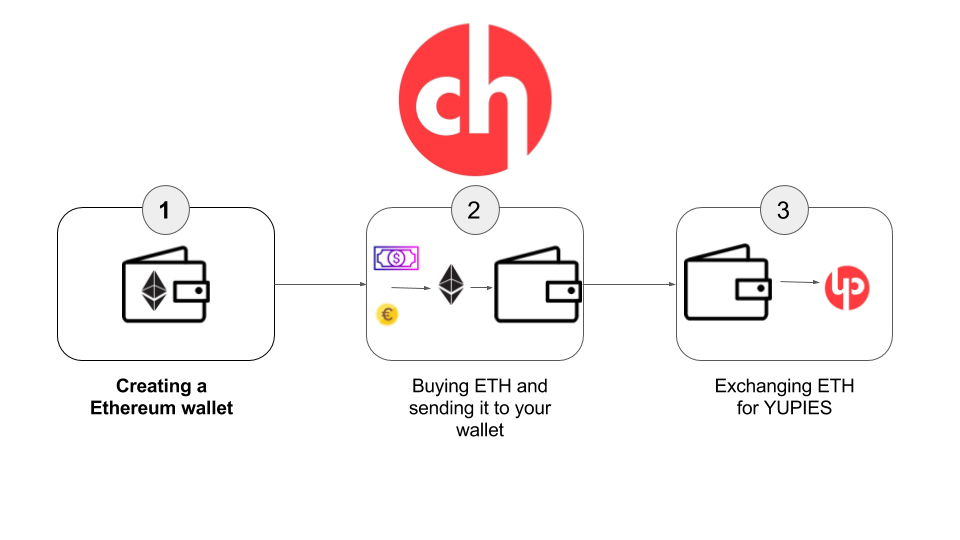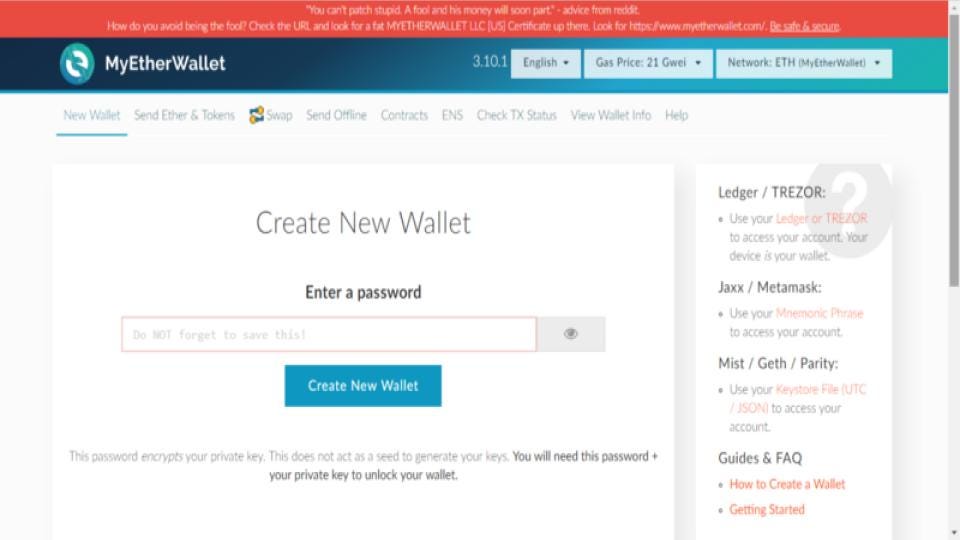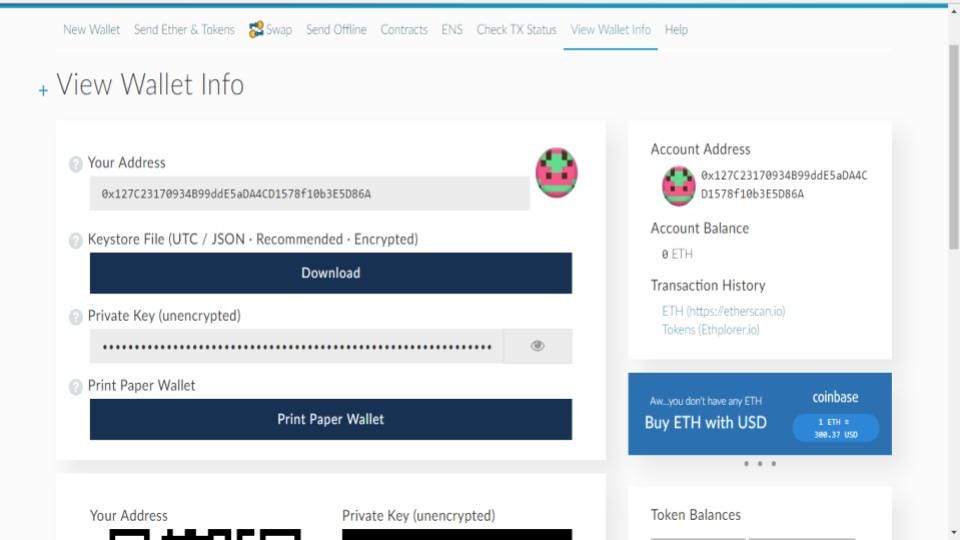Price isn’t determined by value - it’s shaped by the amount of demand and supply. Typical examples of products with crazy-high markups include: Designer jeans which have 650% markup & Coffee shops have a bombastic 2,900% margin. Value is included in that, by determining the demand. That is, price is fixed. Value is a notion and can depend on many factors. 
A very simple example is a bottle of water. A shop sells it for a 1$. On a cold day this may be worth 50c to you, but on a hot day it may be worth two pounds (due to you needing it more). It also depends on context. Neymar wouldn't be worth 222 million euro to his local cleaners, but in footballing terms, he is worth (ie has a value of) 222 million to PSG.
These different cases have minimum of one factor in common: apparently sound promotion methods and strategies. As a consequence, the end consumer is presented with surprising and expensive results. To cover the costs required to increase sales, businesses need to increase the price of products and services above their actual value. And the extreme examples presented above are typical for businesses across many industries where typically up to 12% of the annual revenue is spent on aggressive advertising campaigns. At the same time,, the efficiency of online advertising has been in decline for years. Businesses are not aware that their ads are being displayed on worsening quality websites and a growing proportion of the ads are not being seen at all (Kalkis Research).
Here are five companies which provide some details about their online advertising budget: Ebay, Amazon, TripAdvisor, Expedia and Priceline. Combined, they have spent over $10 billion on online marketing in FY2015, mainly on digital ads. Their ROI of online advertising is declining: businesses need to spend more for every additional dollar of sale.
The ecosystem has become obscure, complex, and intermediaries are taking an ever bigger cut.
The advertising industry have become highly complex with much more intermediaries (see Figure Below) and the whole sector is about to crash as clients are seeing the inefficiency of online ads and lacking the transparency as well as reporting.
Intermediaries in the advertising industry take significant cuts and that increases the price for the advertisers, resulting in up to 12% of annual budgets to be spent on advertising. Consequently this increases the price for the end consumer and moves it beyond the original value of the product.
It’s easy to blame the intermediaries for the decline in ROI, but the industry players themselves are at fault for ignoring the system that allowed consumers to opt-out from invasive browser tracking. The industry’s resistance to move beyond ads and keep doing things the “easy” is partly to blame for the 615 million devices that now use adblock which is 11% of the global internet population. The ad blocking usage grew 30% globally in 2016 (AdBlock report).
Today, the only messages people see and hear are the ones they choose to see and hear.
The most influential messages are from friends and online strangers. Companies should strive to make fans from their fans.
In the post-Ad stage, instead of aggressive advertising, companies will influence the non-traditional consumer through dozens of interaction points created by the loyal supporters of the business. The community is going to be an integral part of any CMO’s marketing strategy as community or earned media has the potential to create more customers at no additional cost.
Community or earned media is free, infinite and viral. It empowers customers to create more customers (at no cost for the business).
Moving past the advertising age will bring to market products which pricing is completely transparent and based on it’s actual value. Community or Earned channels are going to be the new intermediary in the advertising industry. 
Surely, paid media is not going to disappear.
However, paid media will be used to support the community growth and spreading the content created by earned channels. Over 80% of CMOs believe that by 2020 they will own 100% of consumer relationship management channels. Building a community is the new way to support a brand and cut down on marketing costs.
On crowdholding.com, businesses can build a community that can be their customer who creates more customers. The Crowdholding platform is a place where businesses can create content together with supporters, search for inspirational and innovative product ideas and increase awareness of the project. Check out the Crowdholding platform at www.crowdholding.com










